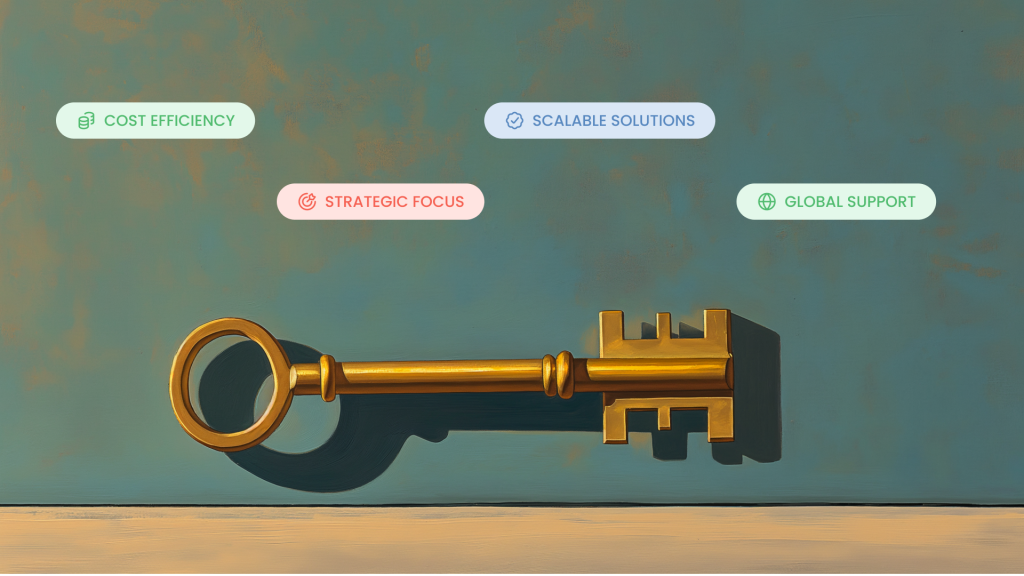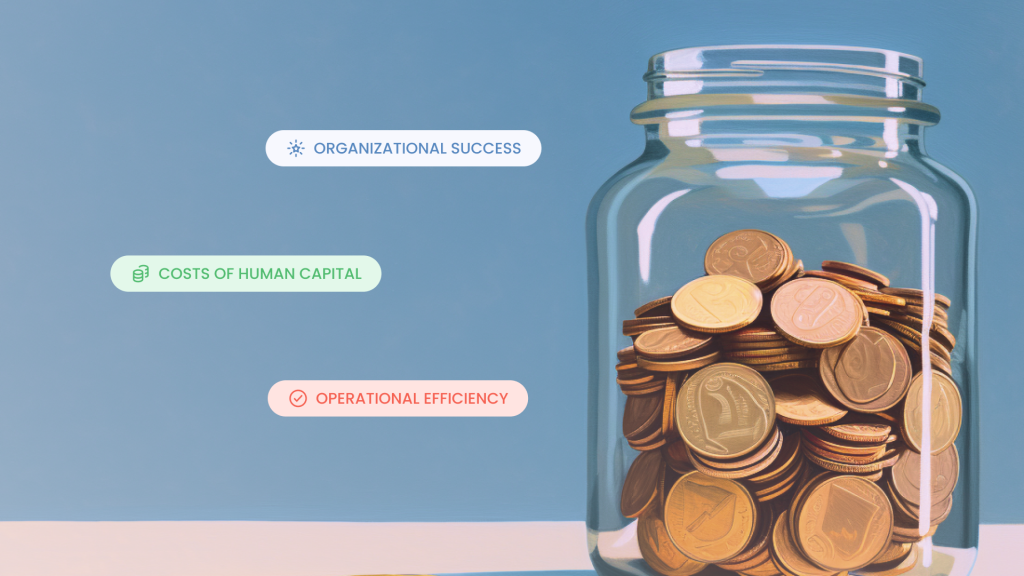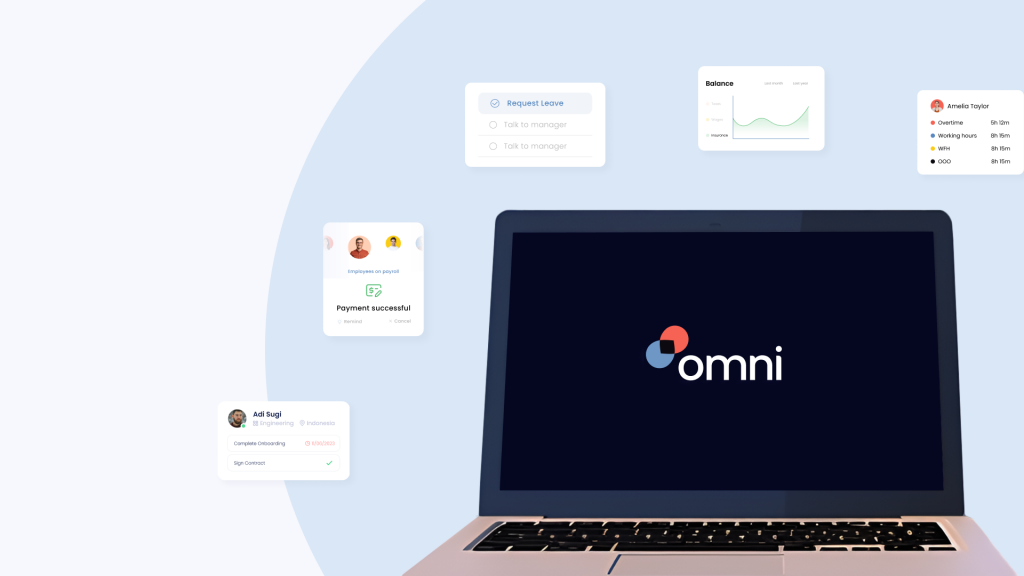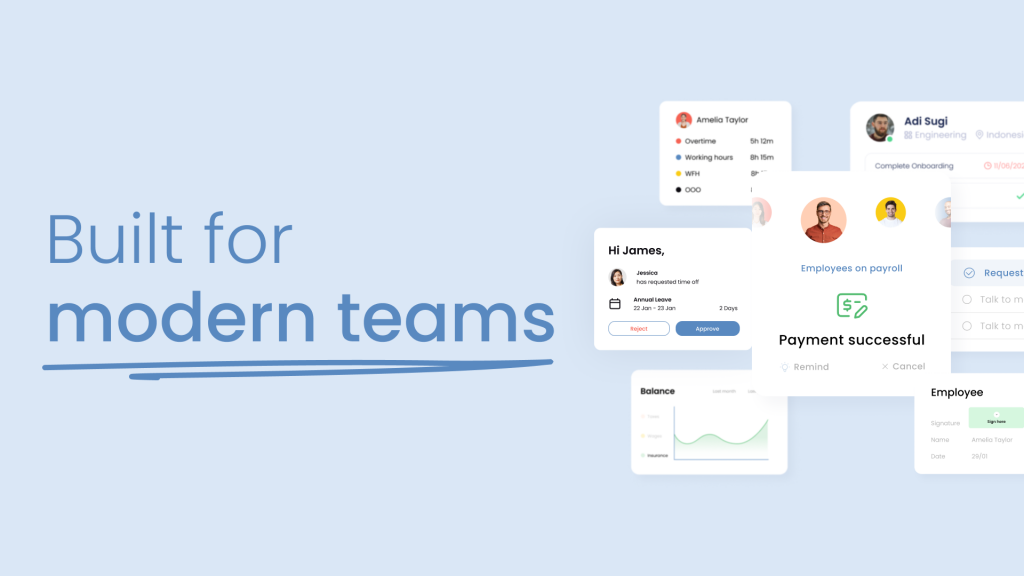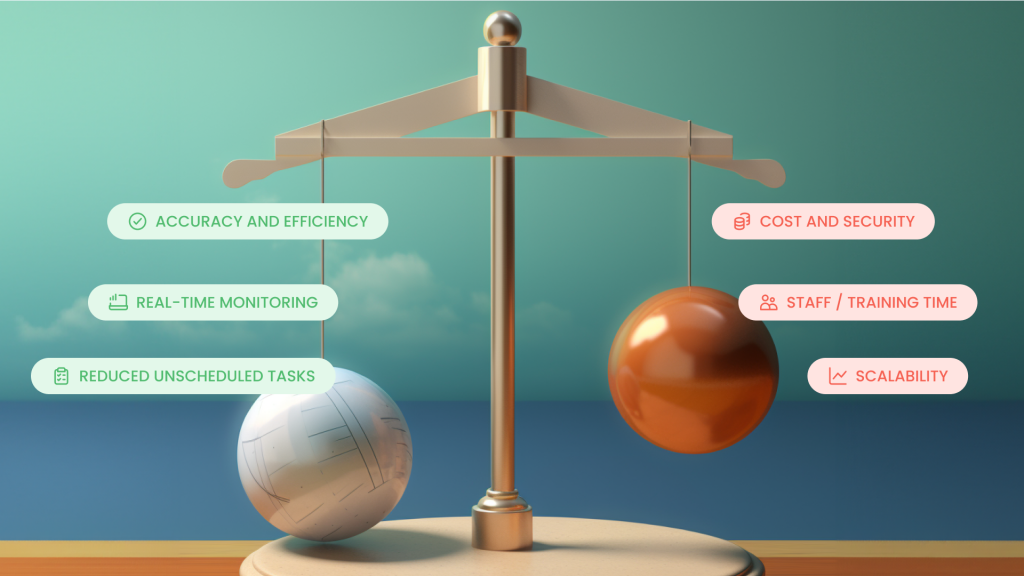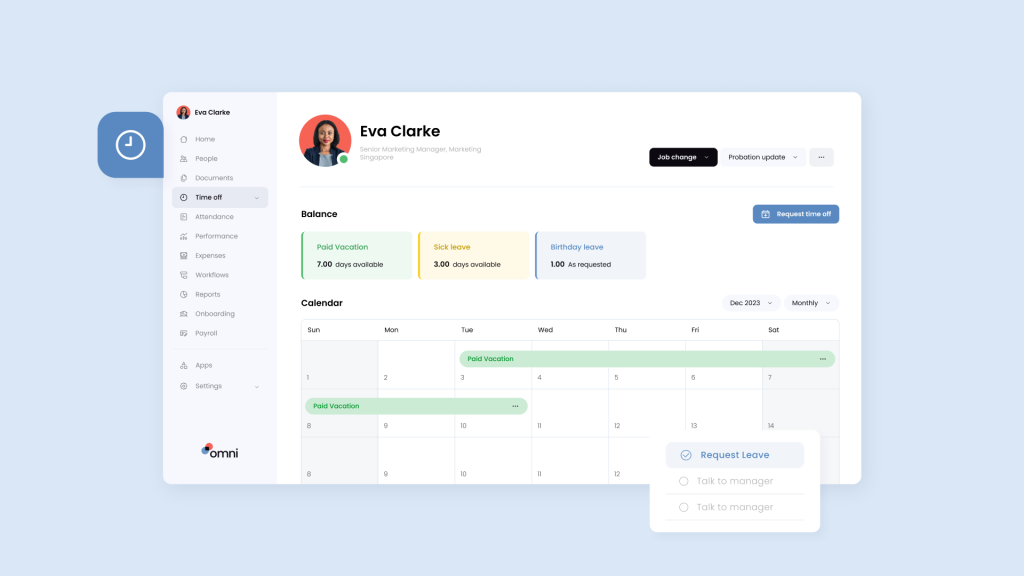Constructive feedback, often framed as negative feedback, is one of the many challenging aspects of HR duties. Yet mastering how to give constructive feedback can help improve communication, advance employee’s skills, drive productivity, and reduce friction within teams.
The People Collective (TPC), a Slack community of HR leaders across Southeast Asia and beyond, recently hosted a conversation in Singapore where HR experts and industry leaders discussed a variety of HR topics, including navigating how to give constructive feedback. HR pros shared best practices for addressing areas of concern in the workplace to build a culture of honest and open communication that fosters growth and improves performance.
Here we explore strategies and philosophies of how to give constructive feedback, as told by seasoned HR leaders.
Give it in real time
Among the list of to-do’s for how to give constructive feedback, timing sits close to the top. While constructive feedback can be delivered at any time, doing so in close proximity to the event or behavior you’re correcting for can deepen its effectiveness.
Rather than collecting information and a list of improvements for employees, offer redirection in the moment. This provides an essential context that will help employees best understand what needs correction and how to improve.
“In a hybrid world, you have to be deeply intentional about how you check in and the various layers you check in for. And we use the word clarity a lot and clarity is actually what eventually creates belonging, creates productivity, creates motivation.”
Projjal Ghatak, CEO of Onloop
Understand what motivates each individual

Speaking of motivation, garnering a true sense of what drives your employees will write your playbook for how to give constructive feedback. Communication styles and drivers will vary from employee to employee, and it’s essential for managers and HR leaders to understand how these styles differ from employee to employee.
For example, one employee may be driven by career growth opportunities while another by collaboration. An employee driven by career growth will best receive feedback framed as an opportunity to advance, such as, “this report you’ve put together is a good starting point, but I see room for improvement that can better align you for the track of [desired role]. Let’s discuss the steps you can take to improve this deck and develop the skills that will help you progress.”
Whereas an employee who is motivated by collaboration may be better suited for an approach as such, “this report is a good starting point, but I’m seeing some blind spots that fail to address what the Product team will need to support this project. Let’s discuss how you can shift your lens to create a deck that covers a more holistic approach.”
Similarly for HR dealing with founders and the c-suite, a CEO motivated by the bottom line will be more bought in to recruit additional employees if HR frames the shortage as a productivity and resource drain rather than an employee engagement or burnout issue.
The difference in how to give constructive feedback comes down to how you position the feedback to meet individuals where they’re at and appeal to what motivates them.
“At the end of the day, feedback is about perception. How your feedback is received is what will make all the difference in its effectiveness.”
Yao Lim, CEO & Founder of Easy Consulting
Check for bias
When discussing how to give constructive feedback, the awareness of performance appraisal biases is a must. While bias is often unconscious, there are steps HR leaders and managers can take to protect against bias creeping into feedback.
First, understand the various types of biases. Here are the most common bias within performance management and assessment:
Recency bias: This occurs when more weight is given to recent events or performance, overshadowing earlier accomplishments or improvements.
Halo effect: This bias involves allowing an employee’s performance in one area to influence the overall evaluation, leading to an inflated or deflated rating.
Leniency or strictness bias: Some managers may consistently rate all employees as either high performers (leniency bias) or low performers (strictness bias), regardless of individual performance.
Confirmation bias: This occurs when managers focus on information that confirms their pre-existing beliefs about an employee rather than considering a comprehensive range of evidence.
Central tendency bias: Managers may avoid giving extreme ratings and instead opt for average ratings, leading to undifferentiated assessments that do not reflect variations in performance.
Similar-to-me bias: Managers may favor employees who are similar to them in terms of background, personality, or work style, leading to biased evaluations.
Gender bias: Unconscious biases related to gender may influence how managers assess the performance of male and female employees, potentially leading to disparities in ratings.
Cultural bias: Cultural differences may impact performance evaluations, with managers unintentionally favoring individuals from similar cultural backgrounds.
Attribution bias: This bias involves attributing an employee’s performance to internal factors (e.g., effort or ability) or external factors (e.g., luck or team dynamics) in a way that may not be accurate.
Availability bias: Managers may be influenced by easily accessible information, giving more weight to recent or memorable events rather than considering a comprehensive performance history.
Next, develop strategies in your performance management practice to help you remain objective. Here are 4 tips to implement when considering how to give constructive feedback that is free of bias:
- Focus on specific and demonstrative examples rather than generalized statements
- Establish clear and objective criteria for evaluating performance
- Consider multiple perspectives by gathering input from colleagues or team members
- Choose language that is neutral and avoids subjective terms
“We experience a lot of managers who want to reward solely on output, but people are more than output. Some people are extra valuable employees, not because they produce some significant amount, but because they’re good at relational management within the team and they kind of create the glue that holds that all together. They themselves may not be the one solving the biggest problem or working the most hours or producing the biggest thing, but they help the rest of the team continue to do that. That makes that person very valuable. Don’t overlook those people, they’re in every company.”
Projjal Ghatak
Get specific about both positives and negatives
Constructive feedback is often (incorrectly) described as negative feedback. Yet the correct approach to how to give constructive feedback is to take a well rounded approach, meaning you should address both wins and losses, strengths and weaknesses, positives as well as negatives of employee performance. In fact, one of the best ways to deliver constructive feedback is through the ‘sandwich method’ which is to offer two positive comments on either end of your ‘negative’ feedback. Here’s an example:
“Great job in today’s meeting, you were well organized and made the data easy to understand and follow. I noticed you interrupted some of your colleagues during the open discussion, something to be mindful of in the future, as it’s important to collaborate and allow room for other’s input. Thanks for your hard work, and well done on the summary points and next steps you sent out afterwards. You have a knack for sharing information and setting actionable goals for teams.”
Sandwiching is a great method for how to give constructive feedback, as it helps round out the information provided, letting employees know not only where they need to improve but also honing in on the areas in which they excel, which is equally important for development and performance.
“There’s a lot of data that being specific about strengths-based positive feedback is super important. So when someone does a good job, they usually get told, good job and move on. That is actually terrible for someone’s performance because what drives performance is having a strong understanding of your superpowers.”
Projjal Ghatak
Encourage self-feedback

While self-feedback may feel counterintuitive when asking how to give constructive feedback, it’s often a strategy that gets overlooked. This form of evaluation transcends the conventional boundaries of feedback mechanisms, acting as a mirror, reflecting your employee’s contributions, accomplishments, and challenges, while offering a pathway to continuous development.
Employees craft narratives that highlight their achievements, portraying their unique perspective on their journey within your organization. This process fosters a sense of accountability and ownership, facilitating a deeper understanding of their roles and fostering personal growth.
Self-evaluation, when used in conjunction with the above methods, can help crack the code on how to give constructive feedback that is well-rounded and effective for lasting performance improvements.
“When we have people regularly observe and reflect on how they do, the insights that you can gain from that are often even more meaningful than what you would get from peers or managers.”
Sara Fisher, Group Head of People & Culture at MoneySmart
These strategies for approaching how to give constructive feedback are just some of the insights shared during the community event hosted by The People Collective. If you haven’t already, join the dynamic community of HR leaders for more actionable insights and HR resources.
How Omni Helps HR Leaders Navigate Performance Management
The question of how to give constructive feedback will continue to have its nuances, but with the right methods, paired with the right tools, you can be on the path to effective performance management and a culture of clear and open communication.
Omni’s all-in-one HR management platform helps HR leaders and managers leverage technology to improve the effectiveness and overall efficiency of the performance management process, as well as how to give constructive feedback. The data obtained from performance management tools provide deep insight into performance patterns that traditional manual methods cannot provide, helping share constructive and objective feedback to fuel your team’s growth.
Our tools help you save valuable time from the time-consuming manual aspects of performance management, such as sending out routine communications or tracking performance review completion. When paired with a solid performance management strategy, HR teams and managers can easily achieve high-performing and engaged teams.
To learn more about how you can leverage automation to improve your performance management cycle,





